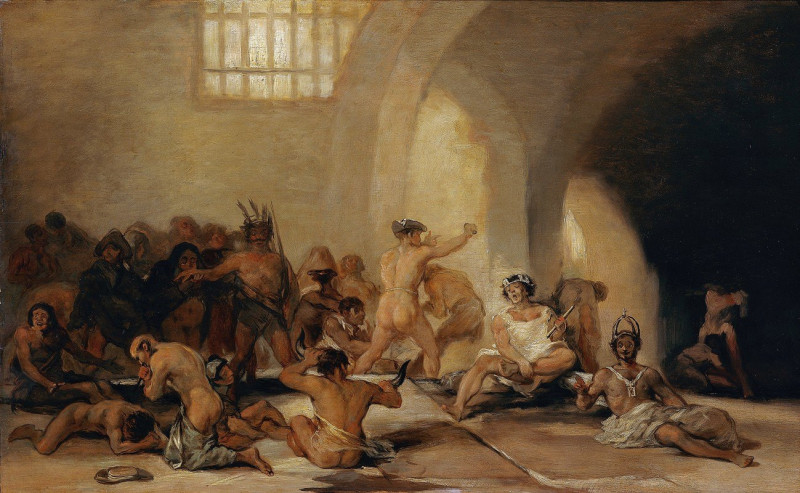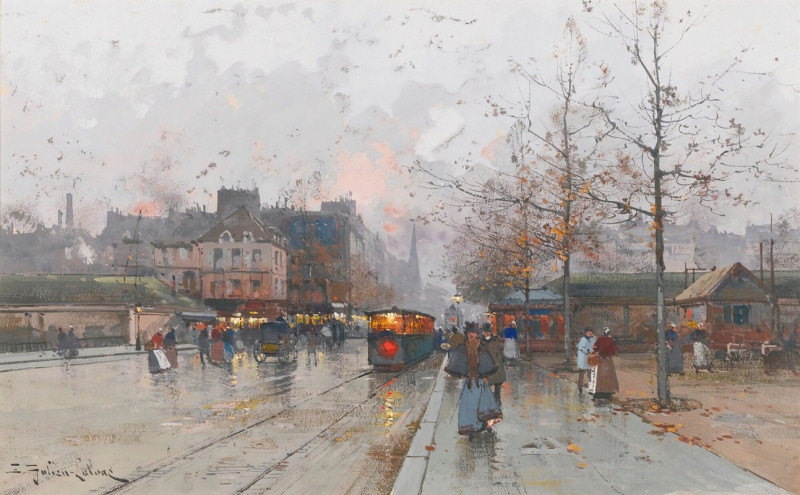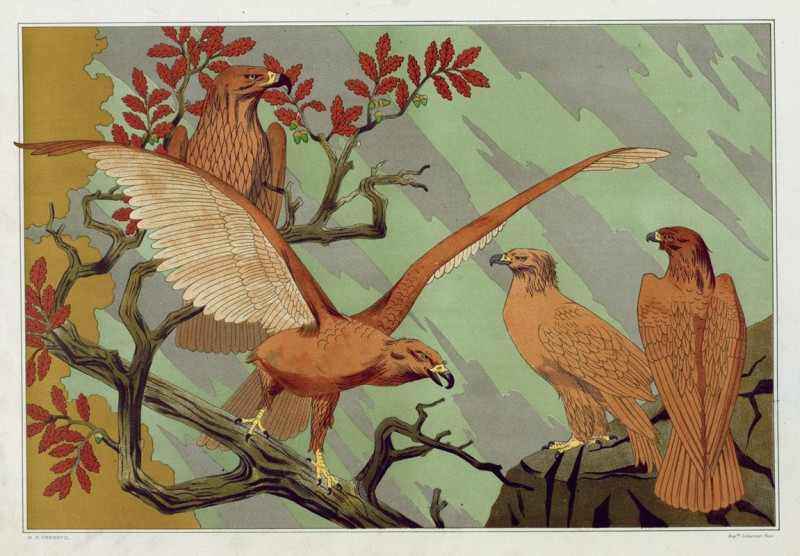If Marion Will Dance, then She Will Have to Take the Consequences (Si Marina Bayló, Tome lo Que Halló) (ca. 1813-1820)
Technique: Giclée quality print
Recommended by our customers
More about this artwork
Francisco de Goya, a master of Romanticism and poignant societal critique, offers a compelling commentary in his dramatic etching titled "If Marion Will Dance, then She Will Have to Take the Consequences" (circa 1813-1820). Goya's work, known for its depth and emotional intensity, often challenges the observer to explore themes of human behavior and societal norms. This piece, part of his broader explorations, is no exception.The etching captures a dynamic and almost chaotic dance scene where several figures are depicted in vigorous movement. Central to the image is a woman, presumably Marion, depicted dancing with abandon among what appears to be a group of both eager and reluctant participants. The dancers, dressed in what can be identified as late 18th to early 19th-century attire, add a historical context to the scene, suggesting a commentary on the societal and cultural expectations of that era.Each character in the frame brings a unique expression and posture, contributing to the overall sense of motion and emotion. Some seem to revel in the experience, while others appear almost grotesque, their features exaggerated, highlighting perhaps the consequences of societal judgment or personal regret associated with uninhibited revelry.The title itself, "If Marion Will Dance, then She Will Have to Take the Consequences", suggests a warning or a moral lesson, reflecting on the outcomes of choosing to defy conventional expectations. It prompts viewers to consider the price of social freedom and the often harsh scrutiny faced by those who dare to live by their own rules.This etching not only displays Goya's skill with the aquatint technique but also his profound understanding of human nature and society.
Delivery
Returns
Francisco José de Goya y Lucientes (30 March 1746 – 16 April 1828) was a Spanish romantic painter and printmaker. He is considered the most important Spanish artist of the late 18th and early 19th centuries. His paintings, drawings, and engravings reflected contemporary historical upheavals and influenced important 19th- and 20th-century painters. Goya is often referred to as the last of the Old Masters and the first of the moderns.














































